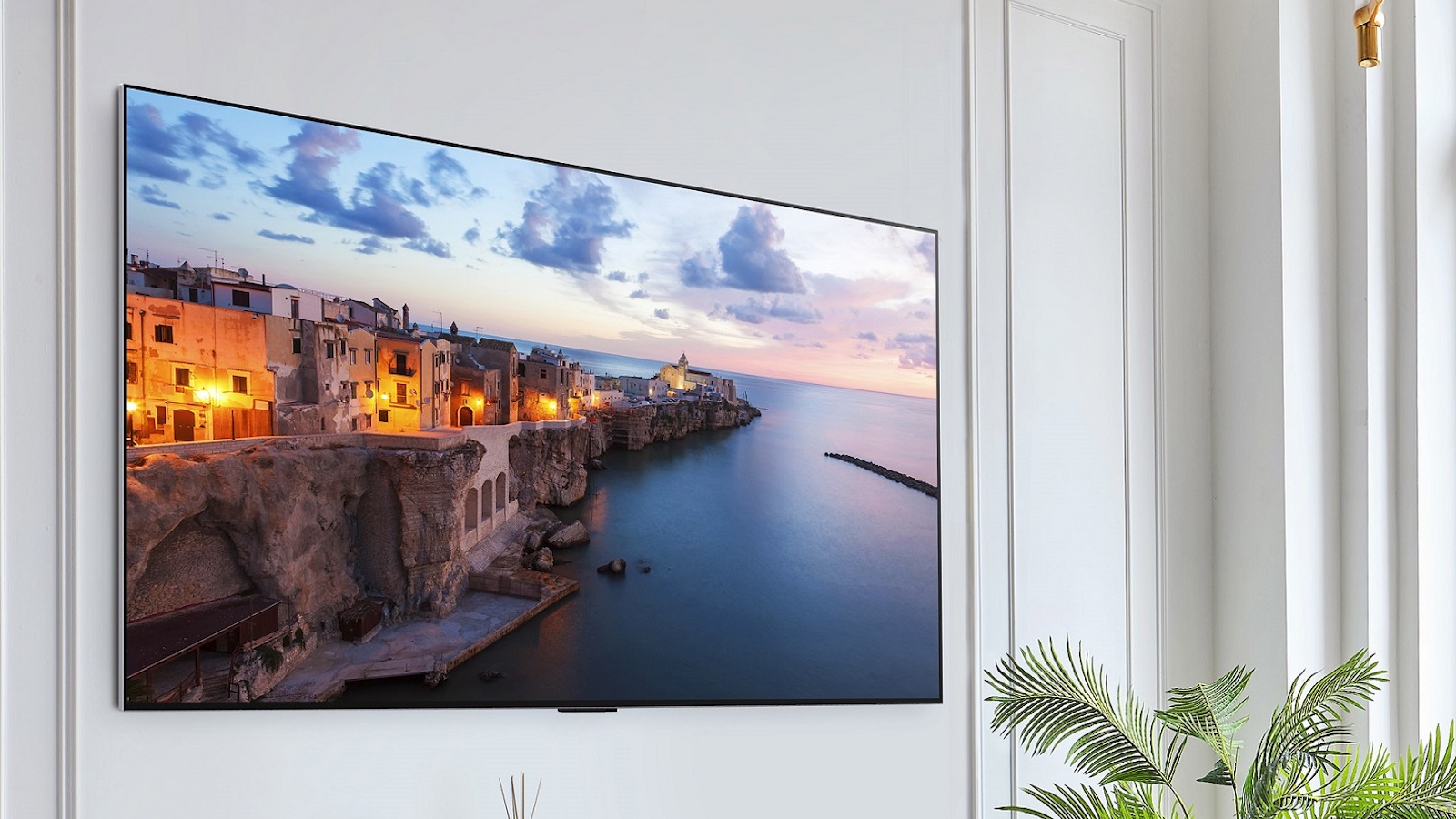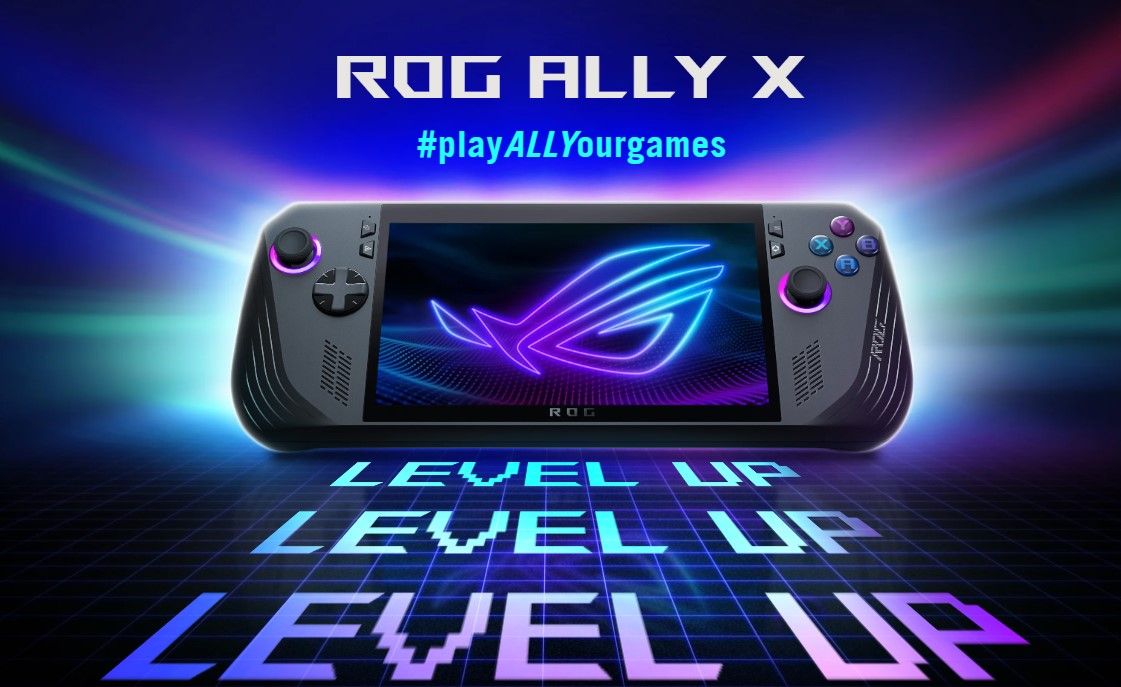From www.whathifi.com

QLED vs LED is a TV battle that’s been ongoing for years and continues still, with sets of each type prevalent in electronics stores today. Indeed, examples of both feature in our best TV buying guide.
While these panel technologies may sound very similar, with LED standing for ‘Light Emitting Diode’ and QLED simply adding ‘Quantum-dot’ to the start of it, dig down into the details and you’ll realise that they’re pretty different in how they work and perform. And that’s where we come in.
In this QLED vs LED guide, we will discuss the two TV types and the differences between them to help you decide which – if either – is better for your needs and budget.
What is LED?

LED (Light Emitting Diode) is the panel technology from which QLED (Quantum-dot Light Emitting Diode) was developed. As such, it is generally speaking the more affordable and less advanced of the two panel technologies.
LED panels use an array of light-emitting diodes as the light source for an LCD (liquid-crystal display) panel, which essentially lets the light through to the screen. So yes, an LED TV is the same as an LCD TV, and some stores and manufacturers use the term interchangeably.
Initially, LEDs ran around the edges of the screen, but the technology developed so that an LED backlight could sit directly behind the LCD panel and shine light directly through it, creating a brighter and more evenly distributed contrast across the entire screen. Both methods still exist today and are called ‘edge-lit’ or ‘direct’ (or ‘full-array’), with the latter more commonplace today.
Over the years, the technology has developed further to improve contrast by increasing the number of ‘dimming zones’ and consequently leading to greater control over bright and dark areas of a screen.
LED TVs are generally more affordable than QLED (and indeed OLED) TVs, have the same long lifespan and are available in more sizes than any other screen technology.
How does QLED differ?

Current QLED (Quantum-dot Light Emitting Diode) TVs are very similar to what people generally refer to as LED TVs, but instead of the LED backlight passing light through an LCD layer, it does so through a layer of Quantum Dots.
Like an LCD layer, this Quantum Dot layer converts the backlight’s white light into coloured light, with the resulting colour being dependent on the size of the quantum dot itself – larger ones give off light at the red end of the spectrum, smaller ones at the blue end. These more effectively optimise each pixel’s light emission to deliver images on the screen that are brighter and more vibrant in hue.
In short modern QLED TVs are designed to produce richer colours than their LCD/LED counterparts, and they can often go brighter, too – though that also depends heavily on the quality of the backlight.
It is expected that one day, QLED TVs with self-emissive Quantum Dots will be available, with the idea being that these will combine the greater colour reproduction of Quantum Dots with the pixel-by-pixel contrast control associated with OLEDs (this is not what current QD-OLED TVs are, as they combine an actual OLED layer with a Quantum Dot layer), but these are still in the concept stage and it looks as though it will be many years before they become available to regular consumers.
QLED technology has predominantly been associated with Samsung, who outrightly favoured QLED over OLED technology (before it decided to, pretty recently, adopt that too), though other TV manufacturers such as Hisense, Vizio, TCL and Amazon also use it.
What is Neo QLED?

‘Neo QLED’ is a marketing term coined by Samsung to describe its QLED models that use a Mini LED backlight.
As the name suggests, these LEDs are tiny compared to those used in traditional backlights – 40 times smaller, Samsung says. And since they are smaller, more can fit in the same area. And if you can fit many more LEDs into the same area, you can also deliver much more granular, localised control over how their light is used to deliver the TV’s pictures. Essentially, more LED lights mean the TV can have a far higher number of independent dimming zones, resulting in greater control of contrast.
It is worth noting that lots of manufacturers now produce Quantum Dot TVs with Mini LED backlights (the TCL C845K is an impressively affordable example), but only Samsung uses the ‘Neo QLED’ name.
MORE:
See our expert pick of the best TVs you can buy
Or read our OLED vs LED vs LCD guide
See the difference between OLED vs QLED TV
[ For more curated tech news, check out the main news page here]
The post QLED vs LED: which TV panel technology is better? first appeared on www.whathifi.com













